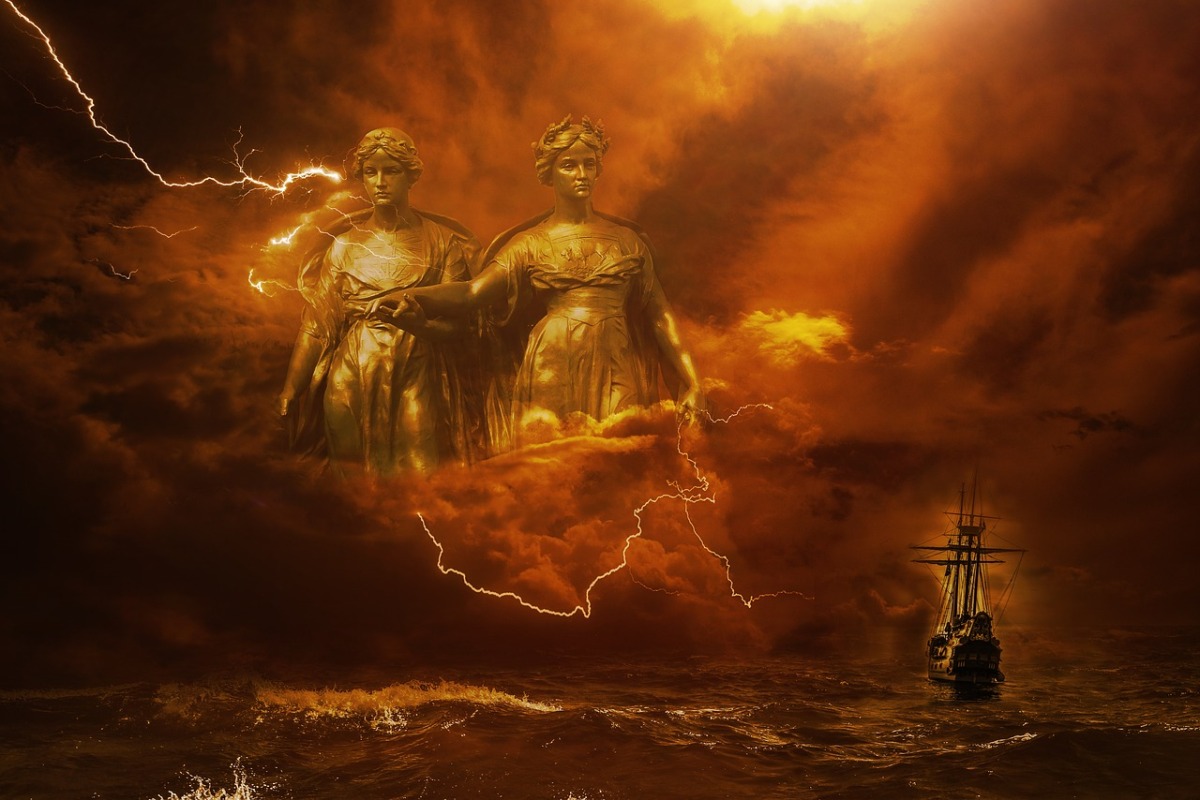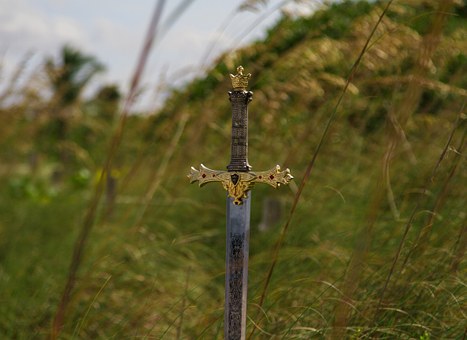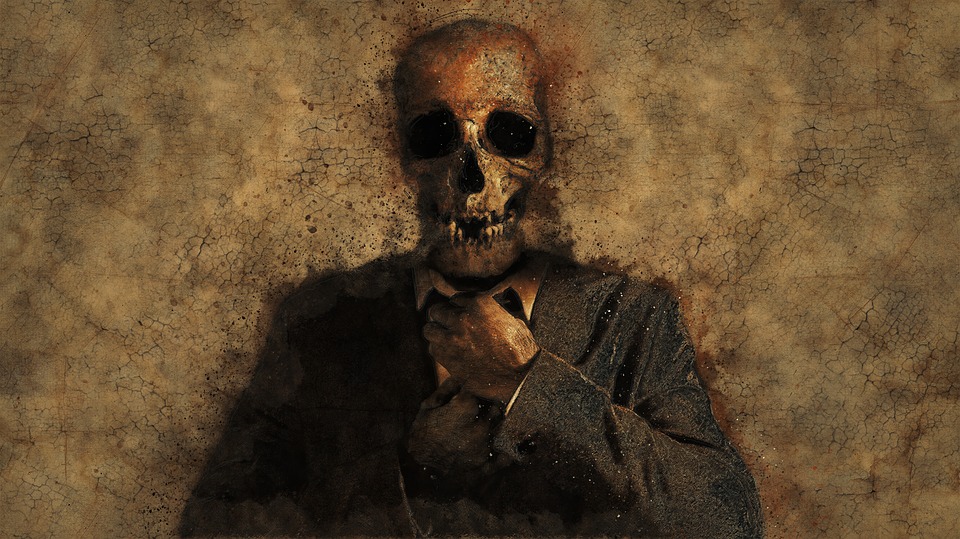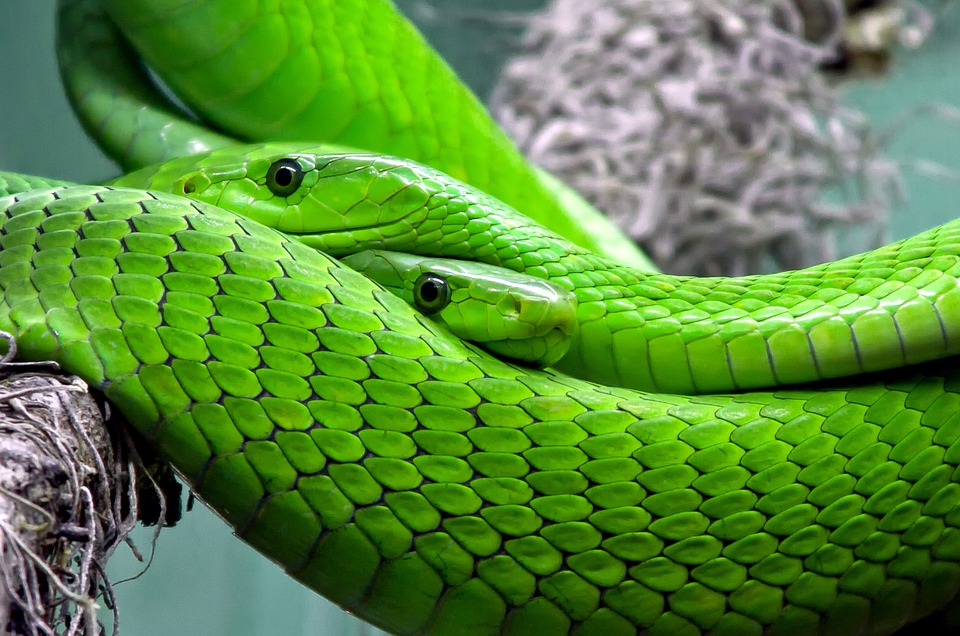Andraste, according to Dio Cassius, was a Celtic goddess thanked by Boudica while fighting against the Roman occupation of Britain in AD 61. She is mentioned only once. She may be the same as Andante, mentioned later by the same source, and described as ‘their name for Victory’, i.e. the Goddess Victoria. [1].
Some Celtic coins are said to show images of Andraste.







